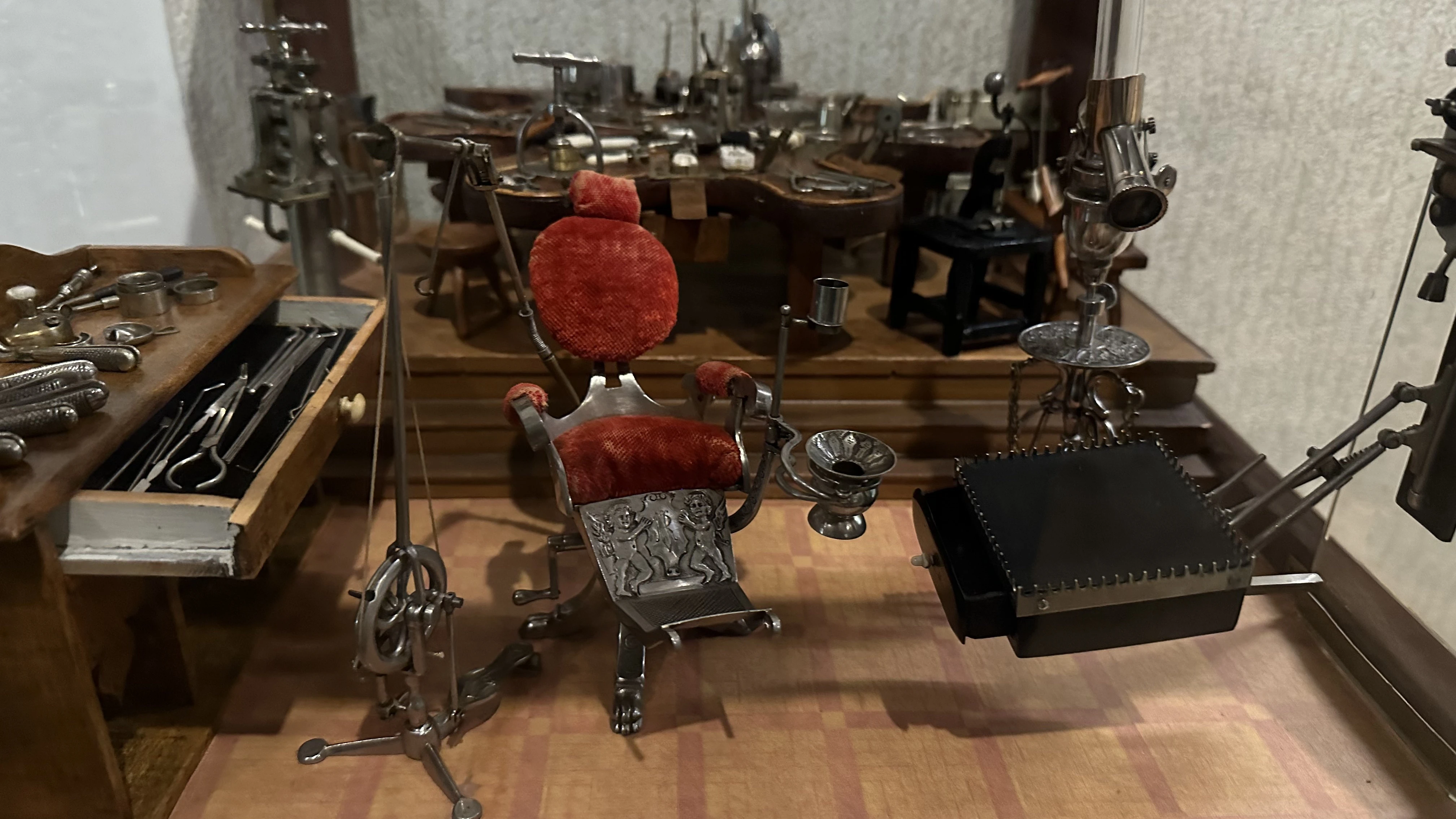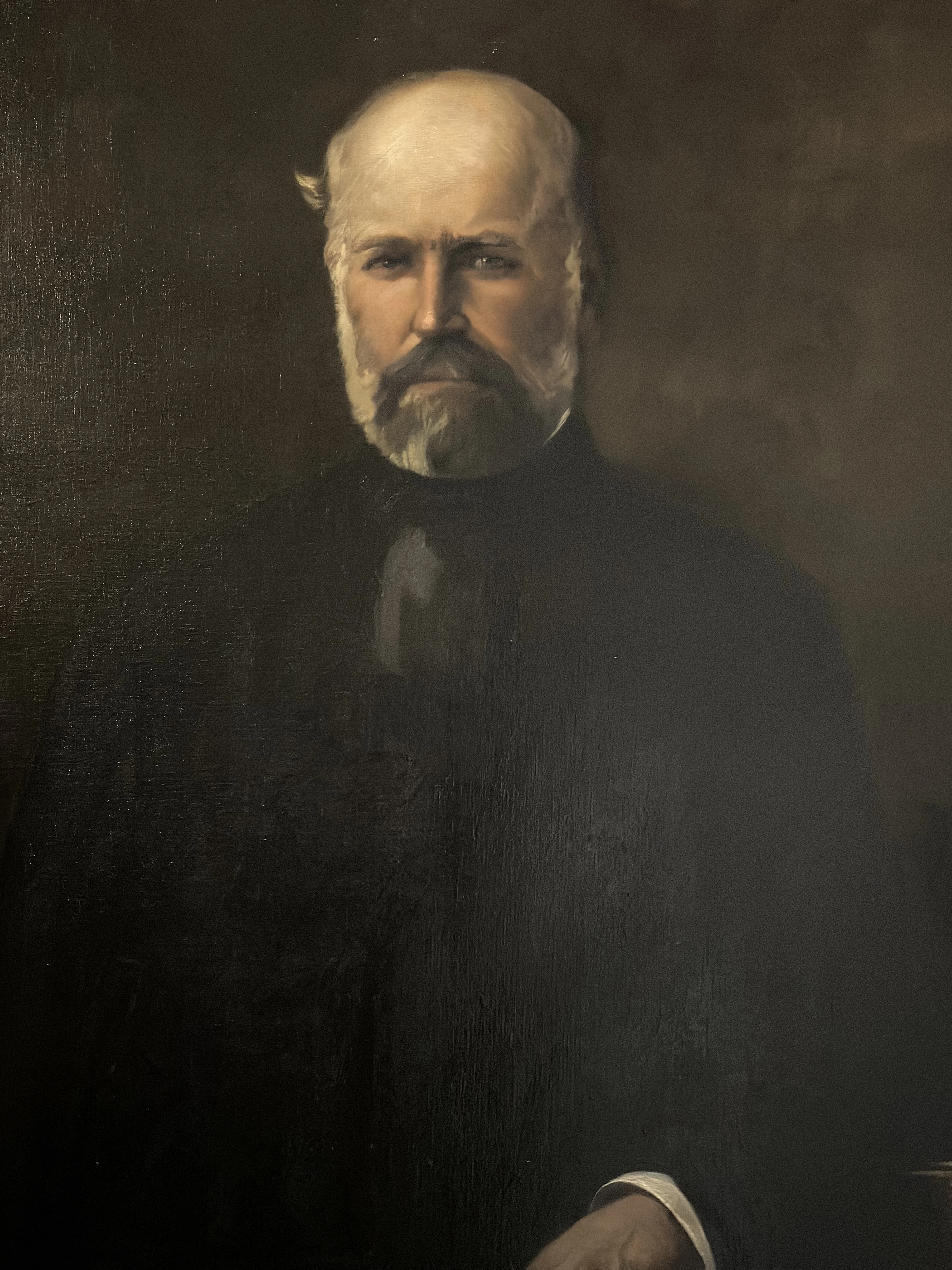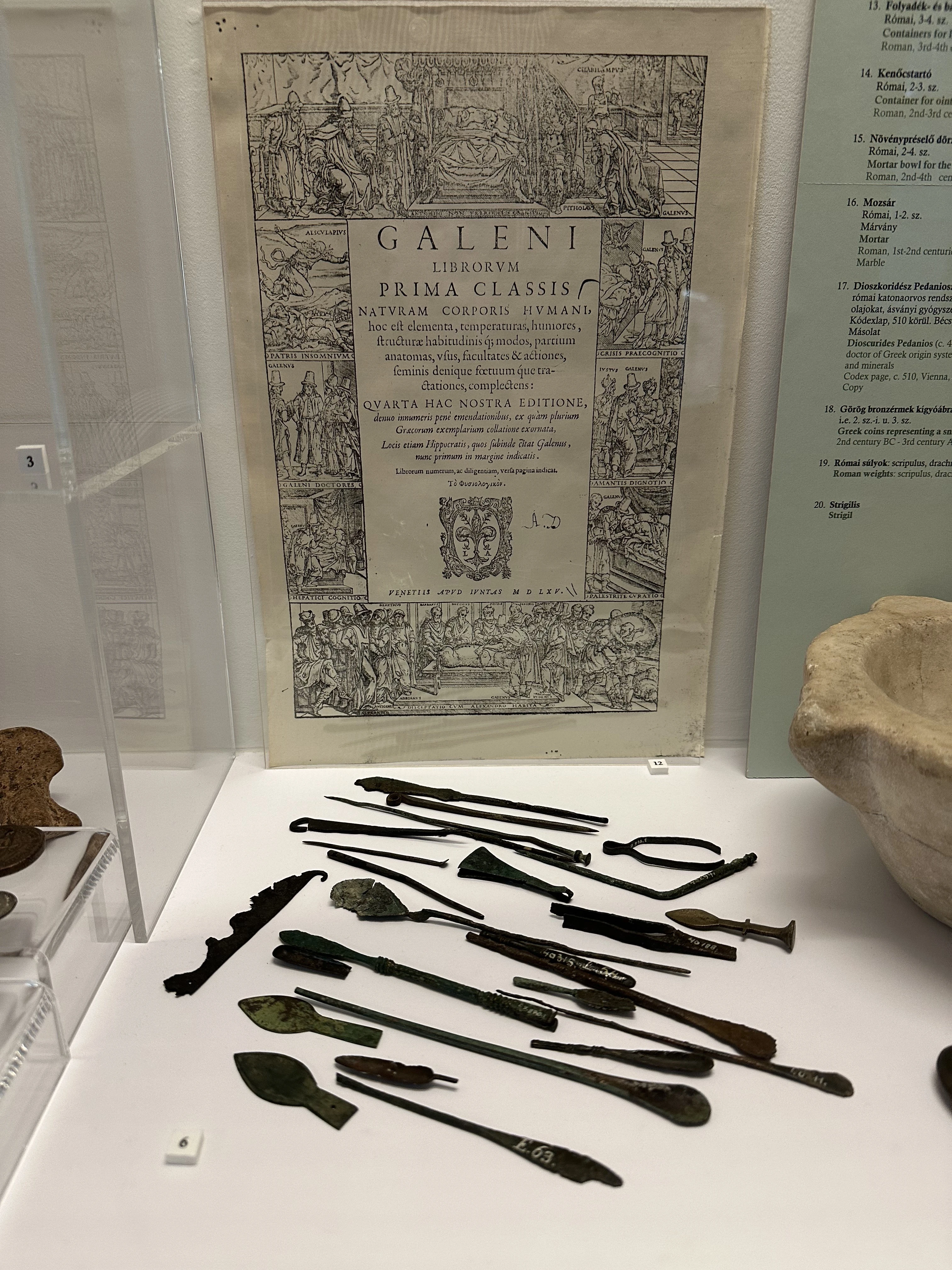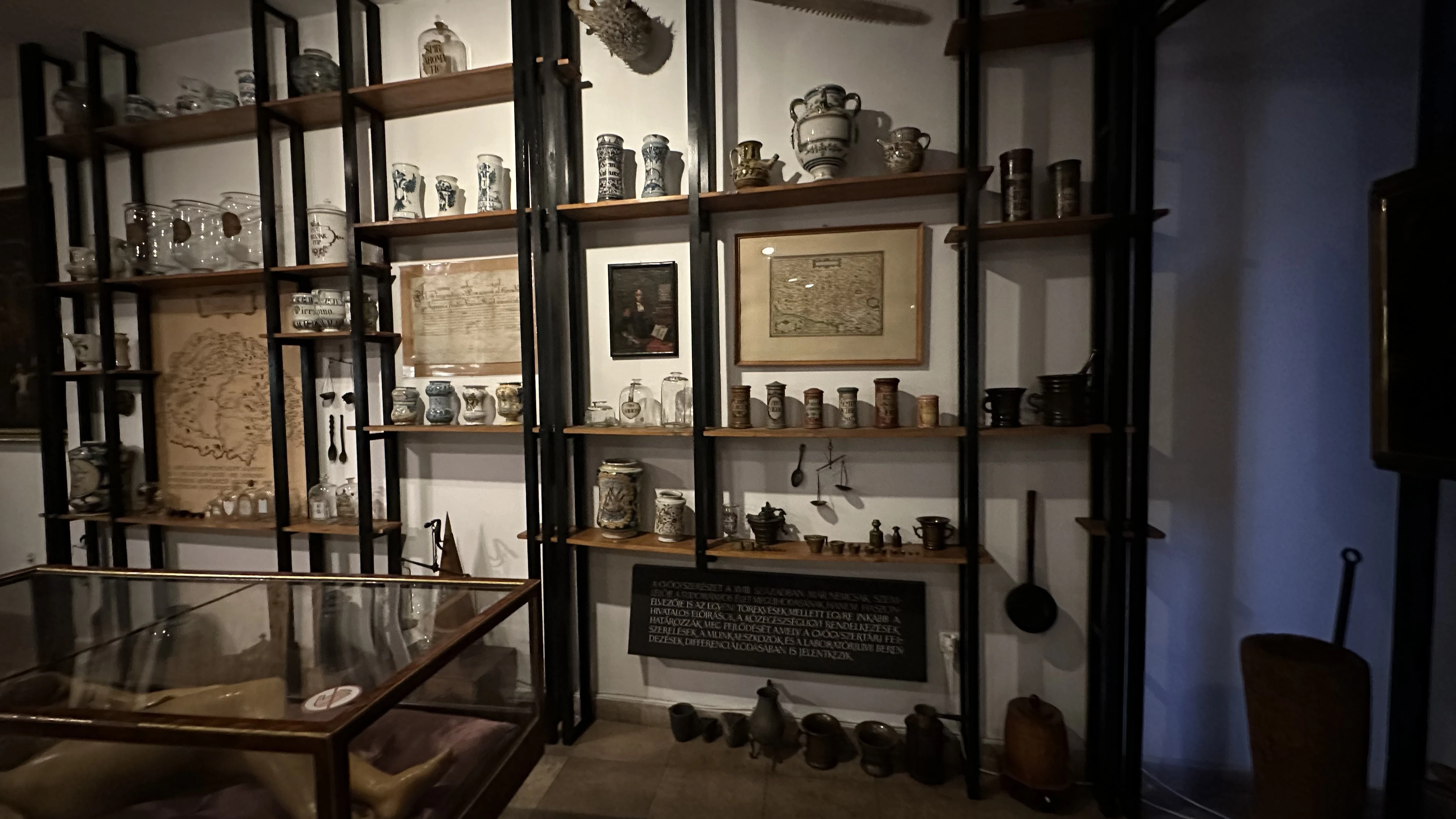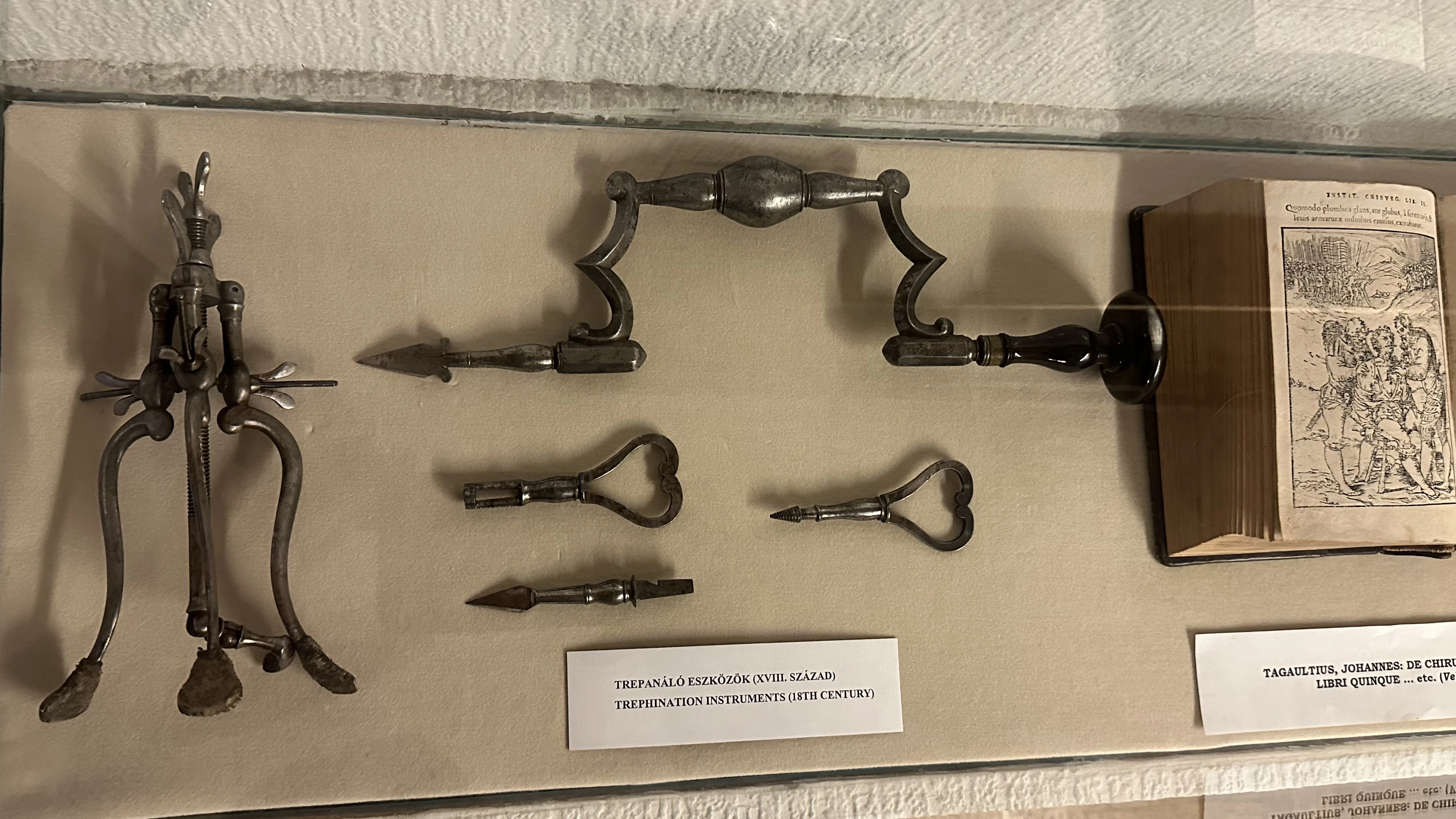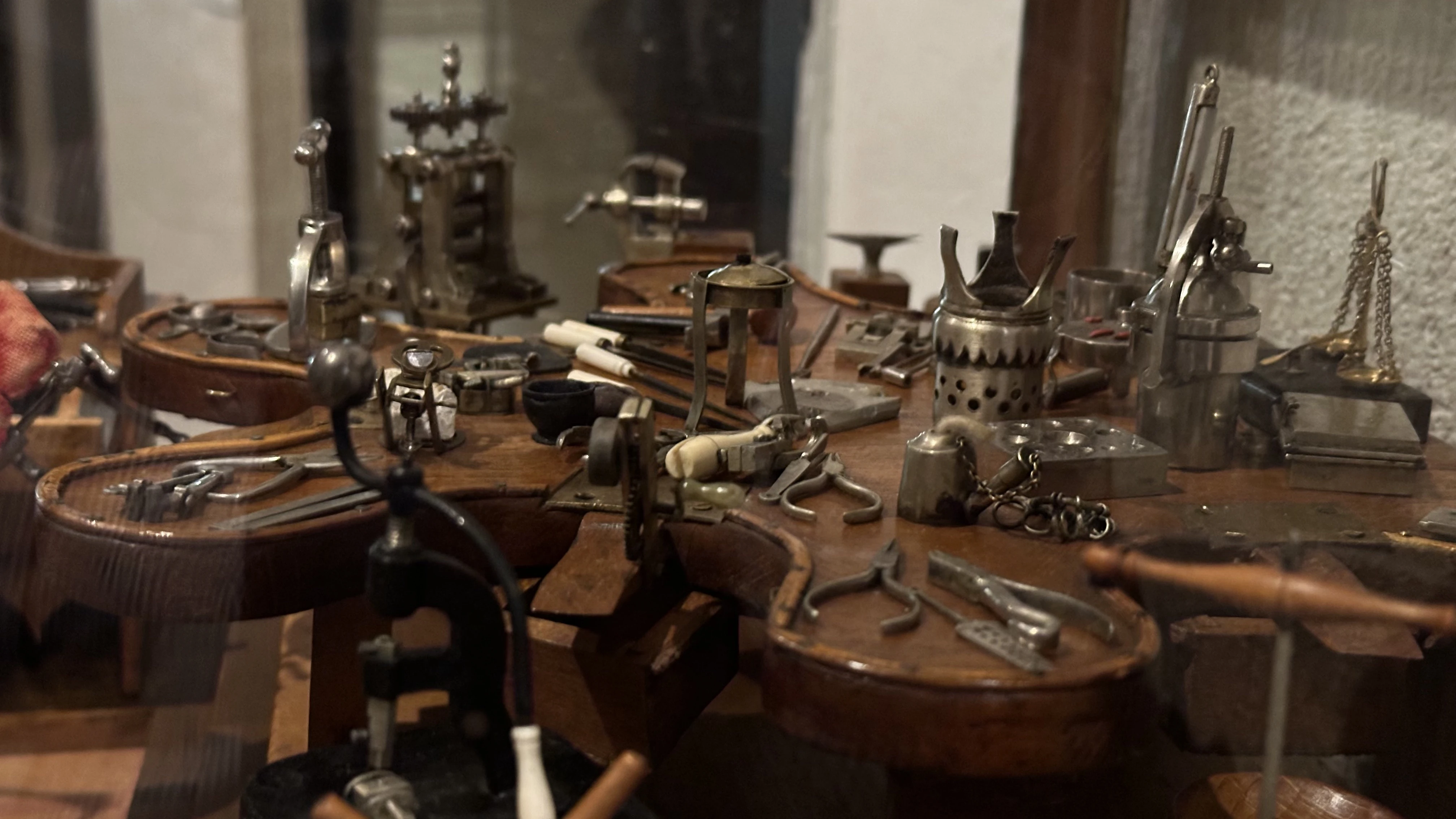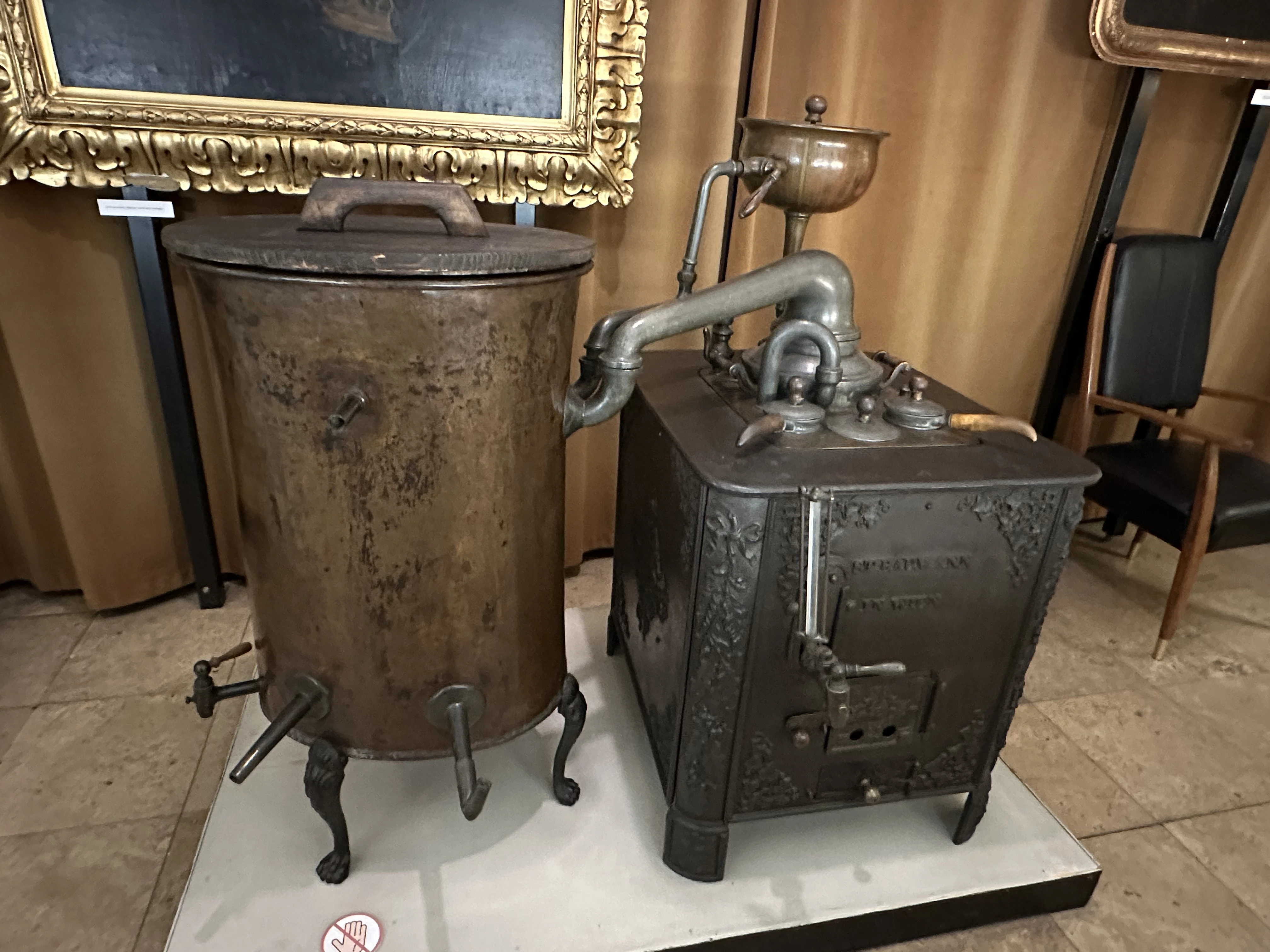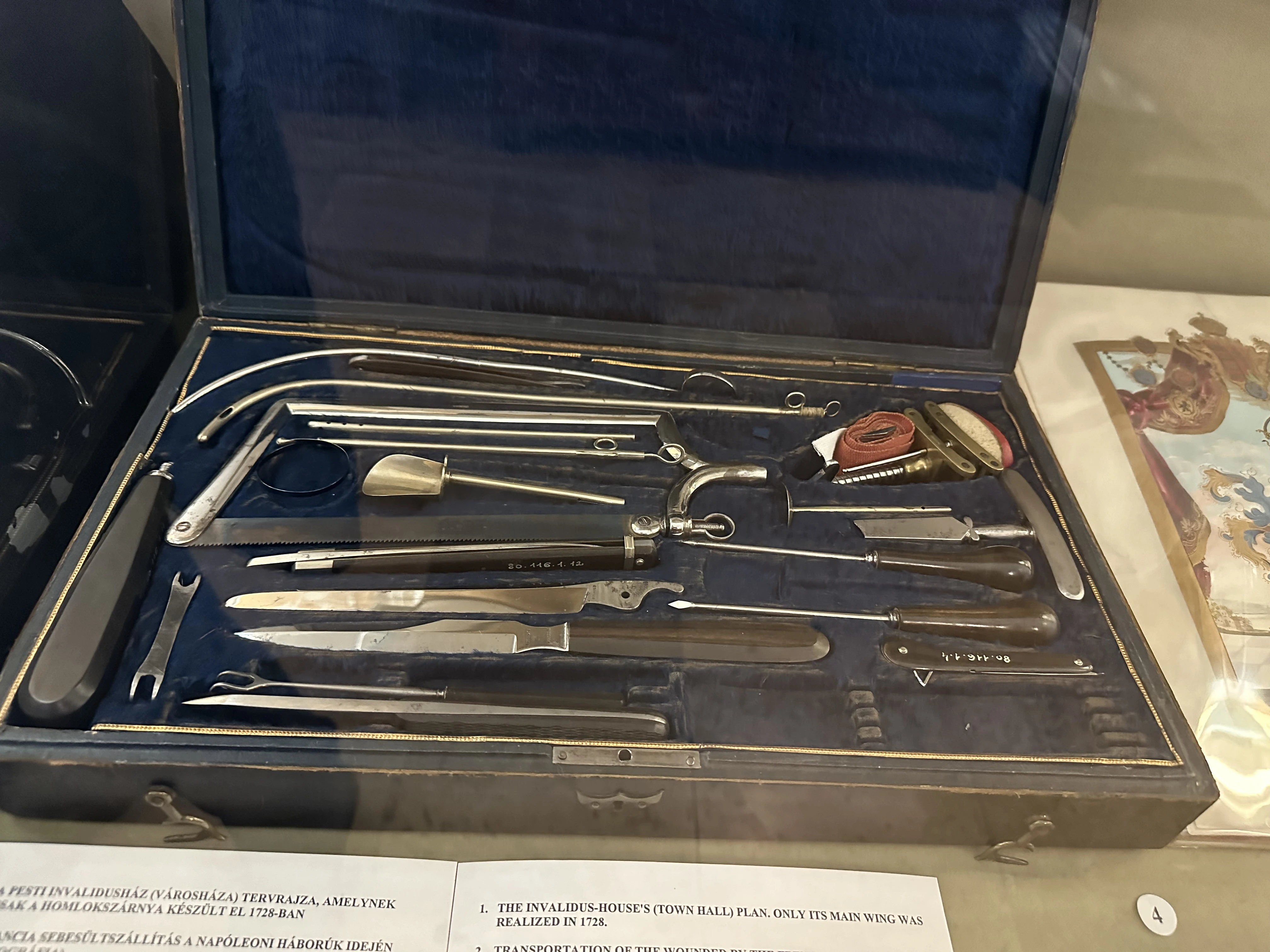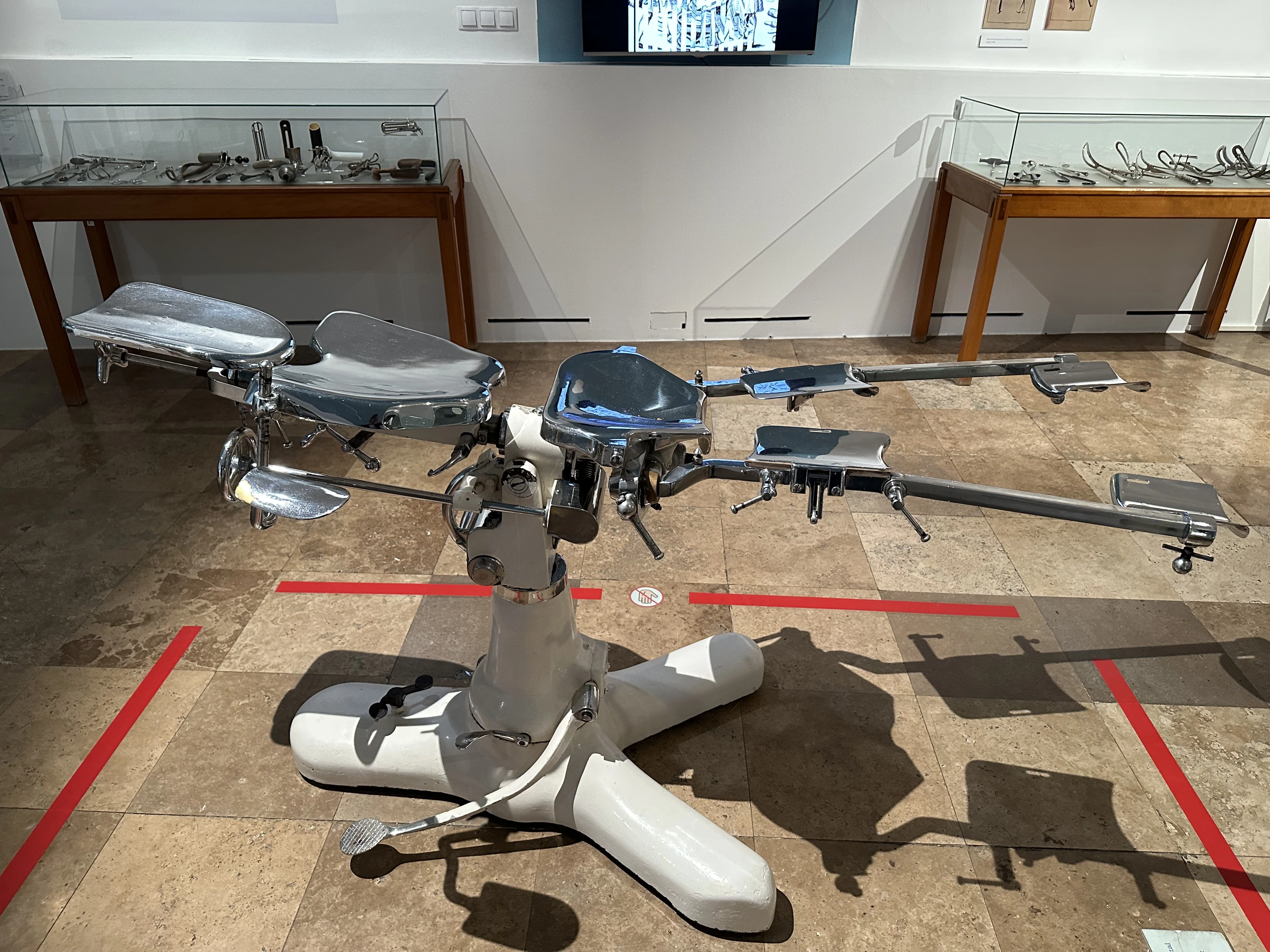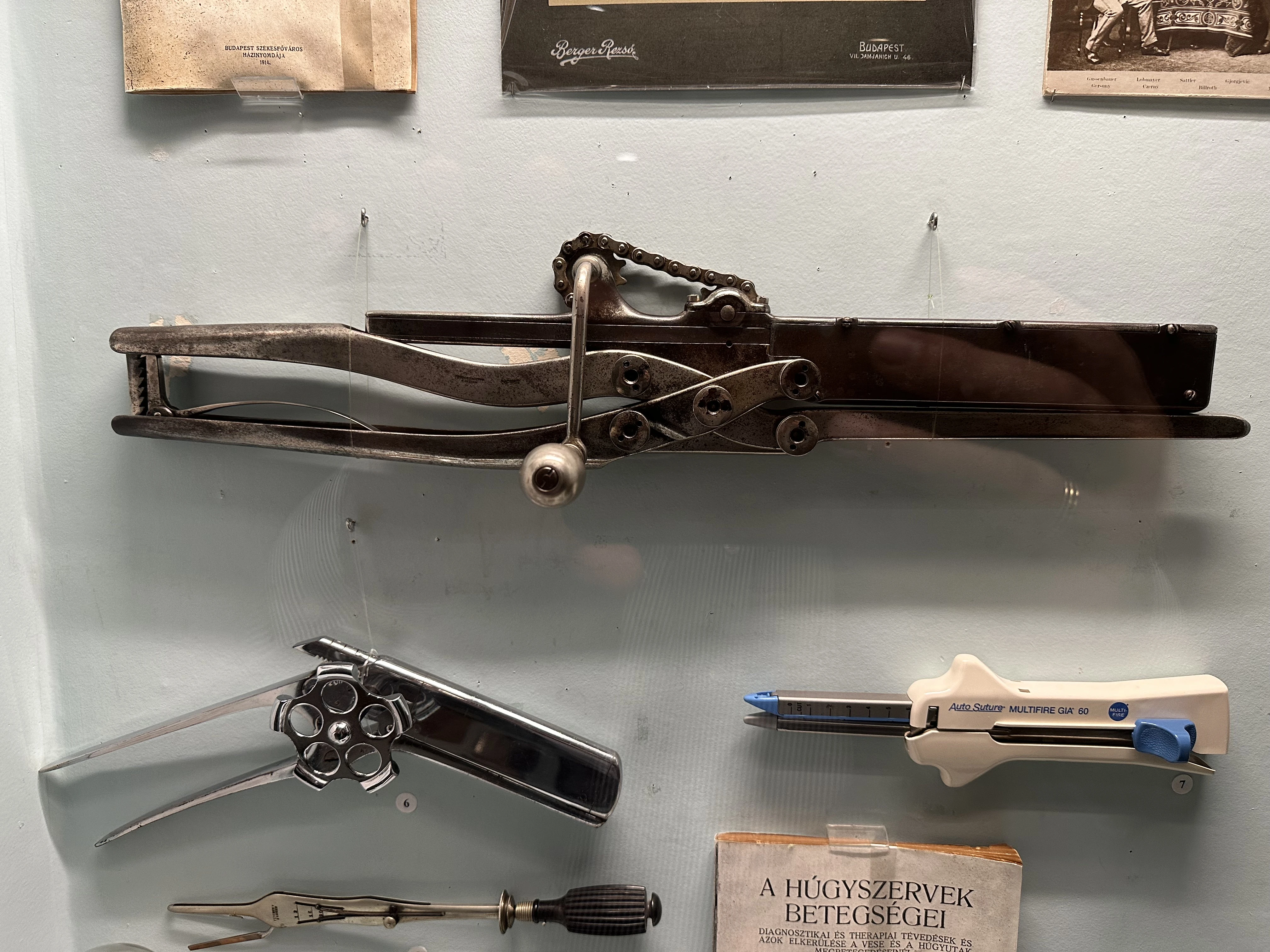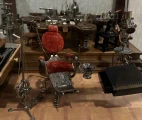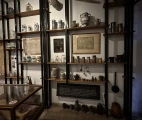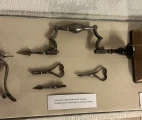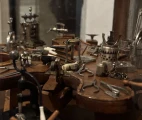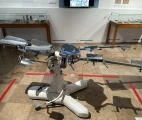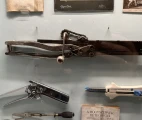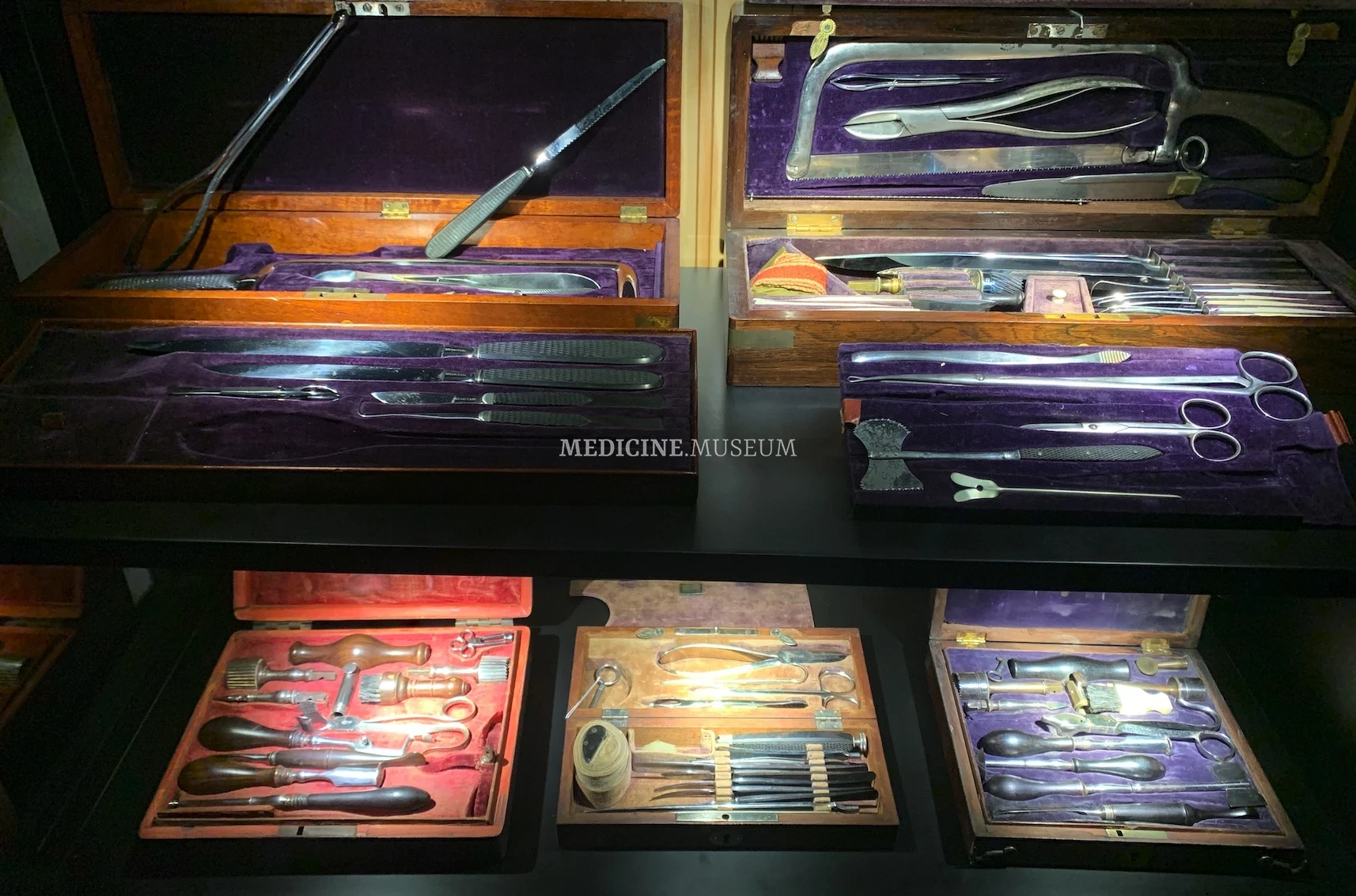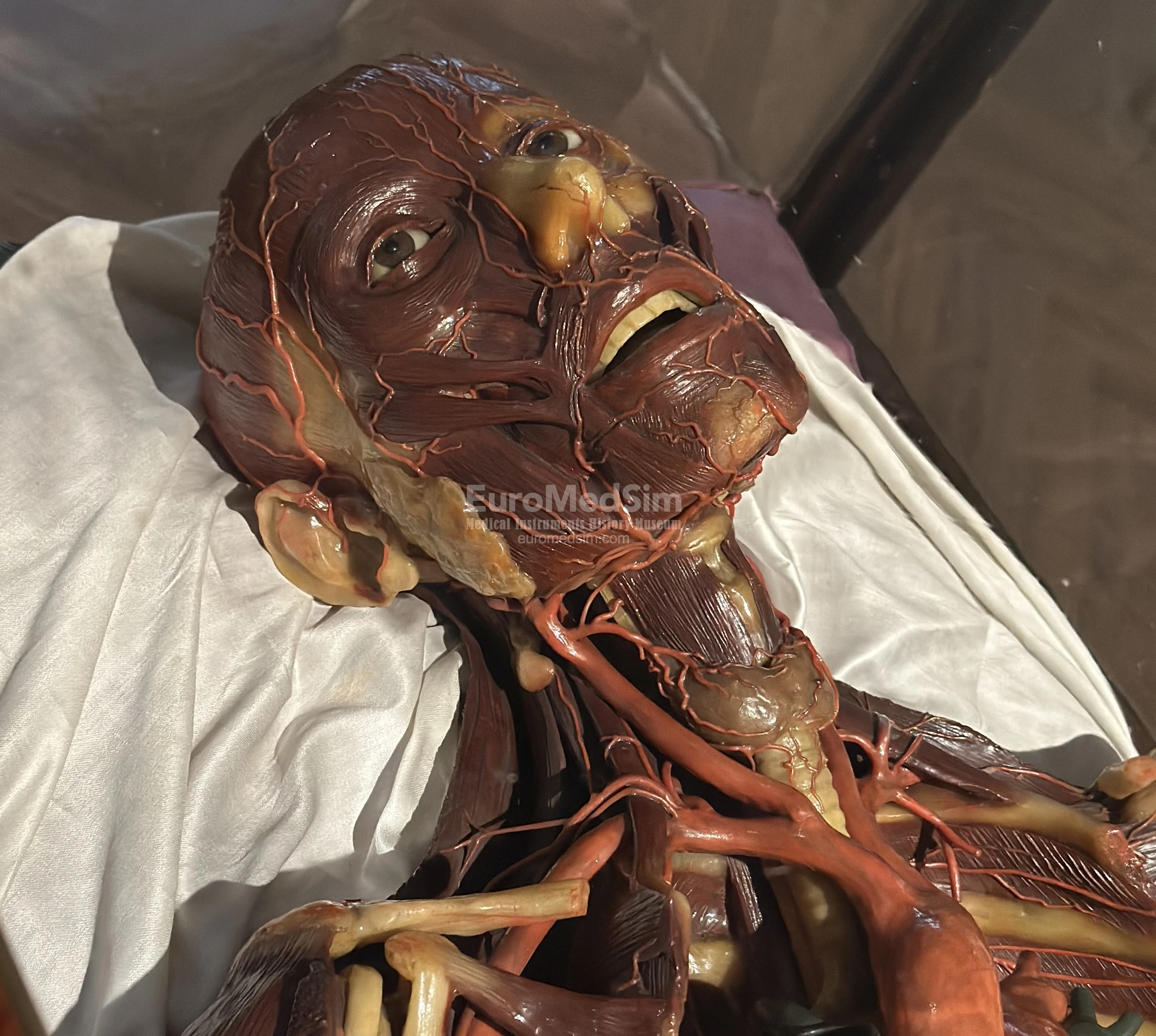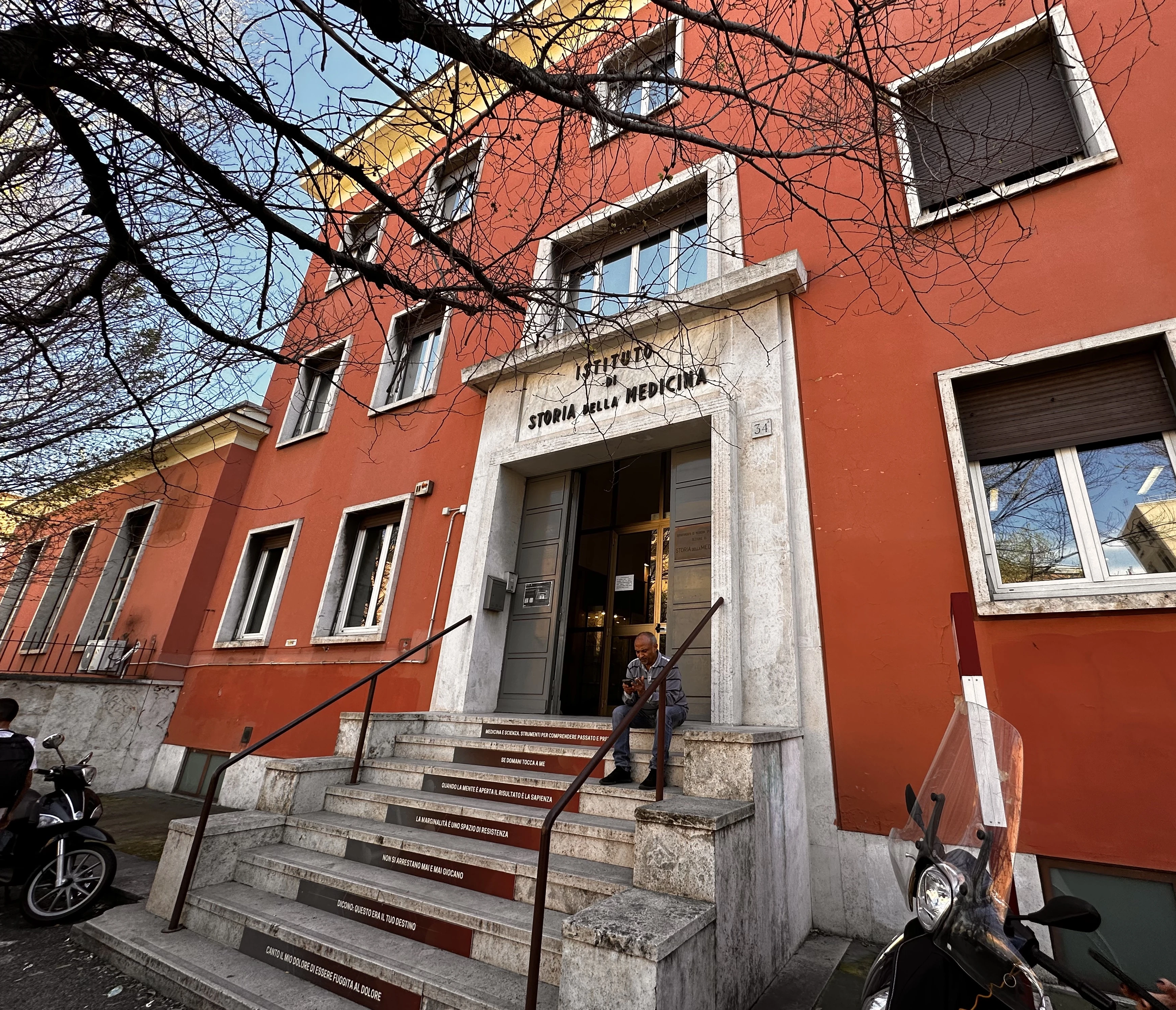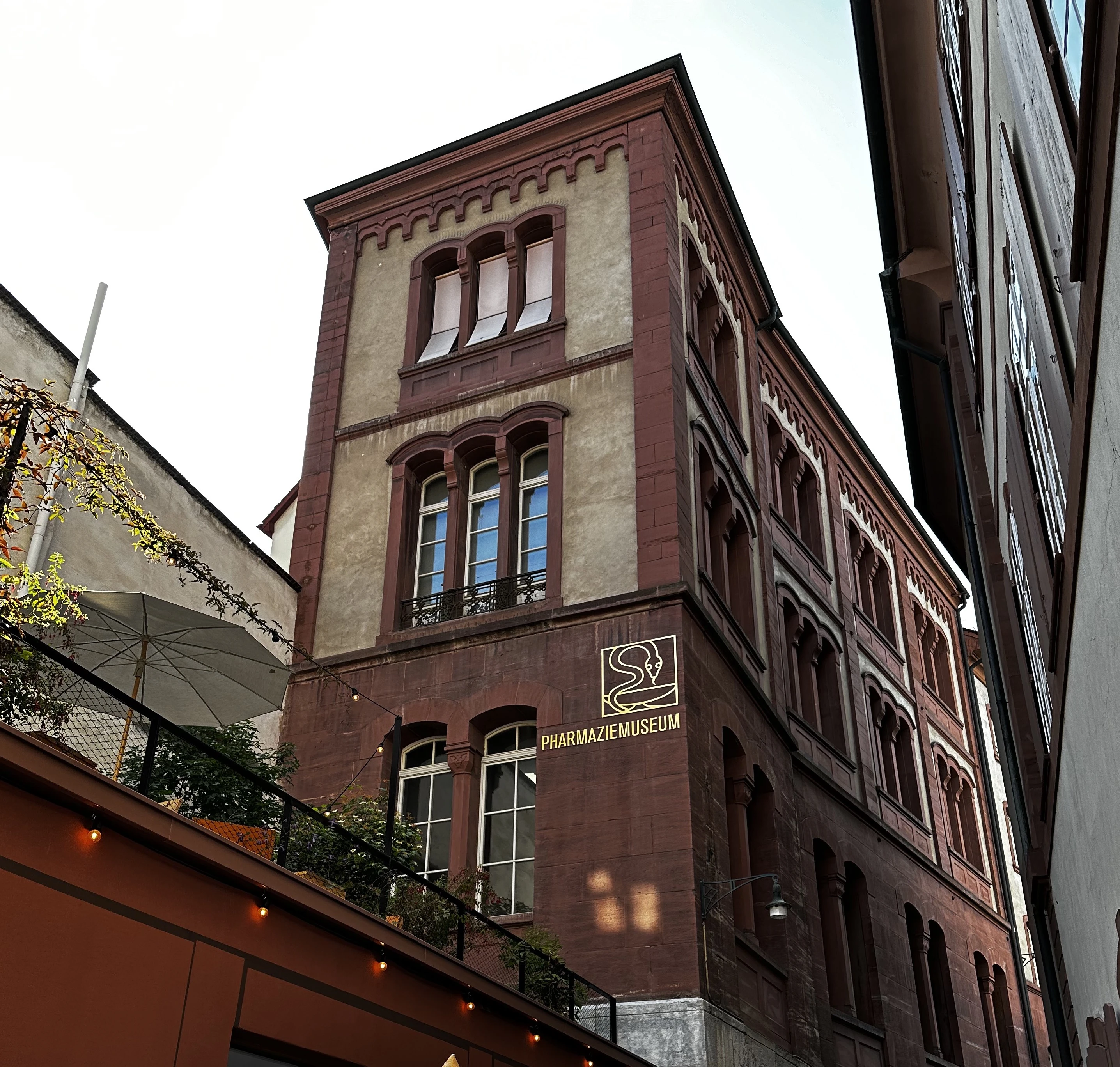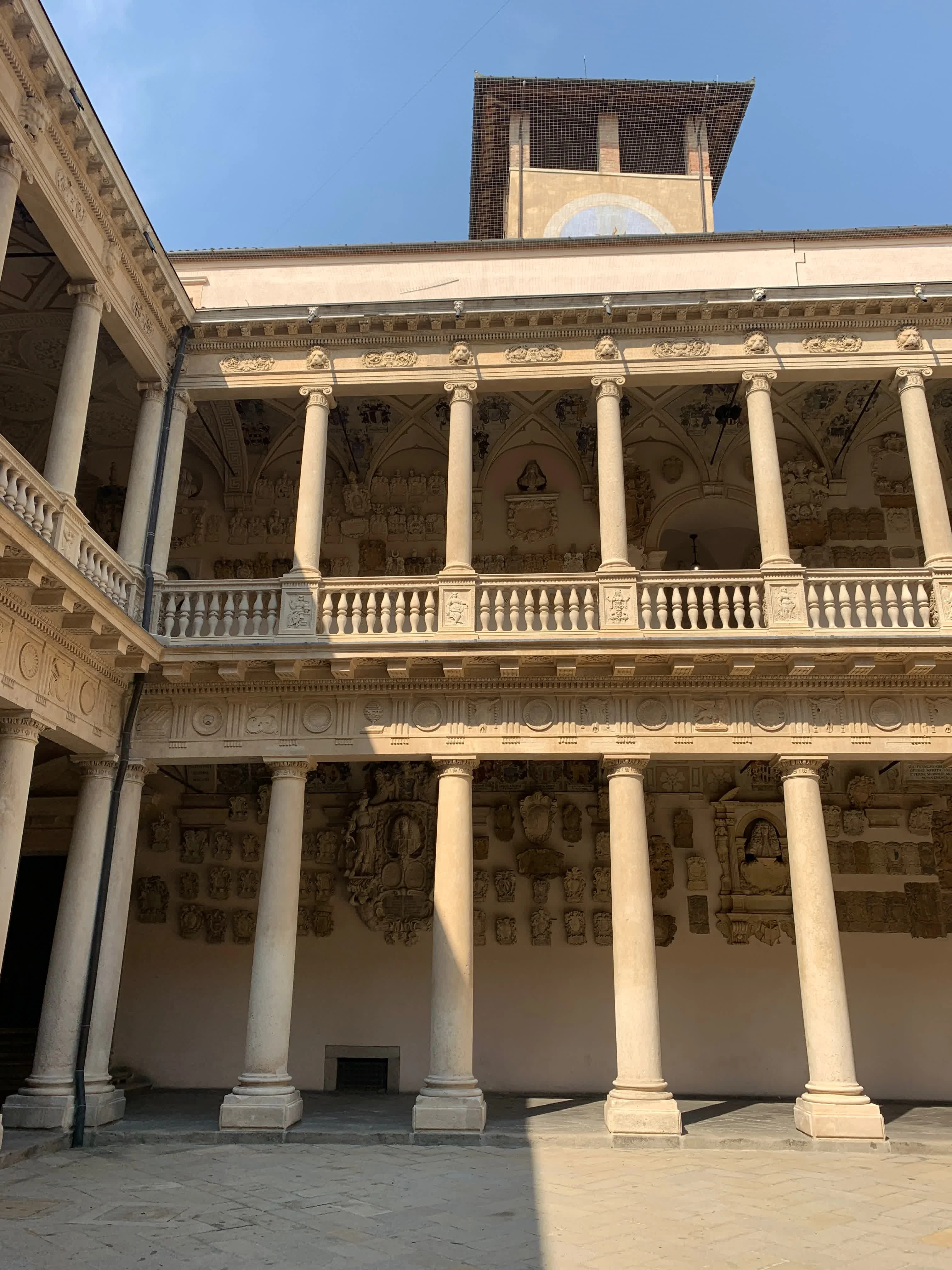Semmelweis Medical History Museum in Budapest
The Hungarian people are proud of Ignaz Philipp Semmelweis (1818–1865), born in Pest to a catholic German family, the discoverer of the cause of childbed fever – fatal infectious complications in women in labor, and introduced effective measures of it's prevention in 1846. In his honour, the building where he was born in 1818 now houses a museum of the history of medicine bearing his name, which tells not only about Dr. Semmelweis, but also provides a multifaceted illustration of the main milestones in the development of European and world medicine. The remarkable permanent exhibition is complemented by regularly updated temporary exhibitions.
Why is it worth visiting the museum?
- Memorial to one of the greatest inventions of modern medicine - the hypothesis that "cadaveric particles" carried on the hands of doctors were the cause of infections - made by Ignaz Semmelweis.
- Unique exhibit: the world's first surgical stapler, designed and used by Hümer Hültl (successors such as Medtronics and Ethicon Endosurgery today).
- A unique model of a dentist's office and laboratory. A delightfully detailed model, made in a single copy for the Budapest Millenial Exhibition of 1896.
- One of the copies of the famous 'Venera Medici' - wax anatomical model of the young pregnant woman which is presented as well in La Specola (Florence), Palazzo Poggi (Bologna), Josephinum (Vienna).
